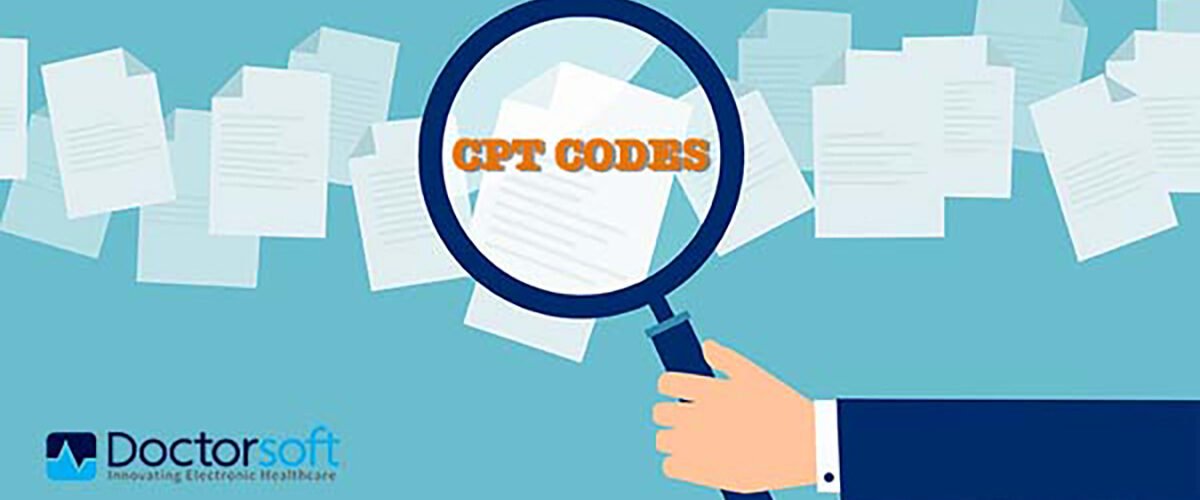Understanding CPT Codes
Current Procedural Terminology (CPT) is a medical coding system that is used to report medical, surgical, and diagnostic procedures and services to entities such as physicians, health care providers, and accreditation organizations in ophthalmology. The five-digit codes in CPT are used in billing medical, surgical, and diagnostic services performed by health care professionals.
‘ICD-9-CM is the official coding system for assigning codes in diagnoses and procedures associated with medical utilization in the United States. It is scheduled to be replaced by ICD-10 by Oct. 1, 2015.’
CPT codes are used in conjunction with ICD-9 CM or ICD-10 CM for numerical diagnostic coding during the electronic medical billing process. These codes consist of a group of services or procedures performed by physicians as well as non-physicians that were first developed by the American Medical Association in the year 1966.
First Edition Of CPT
The first edition comprises two to four numeric characters. The main intent behind the CPT codes development is to create a technique that serves as a type of shorthand that alleviates the burden physicians have while handling patients and documenting the medical records. These codes are designed for improving the performance and the procedures at ease and understandable for the record clerks.
Development Of CPT
There has been a crucial development after the second edition in 1970, where the CPT codes consisted of a total of 5 digits including the lab procedures. In 1983, Health Claim Financial Administration HCFA, also known as Centers of Medicare and Medicaid Services, CMS, merged CPT with its own Common Procedure Coding System (HCPCS) and mandated that CPT must be used for all Medicare billing.
The CPT system is developed and maintained by the American Medical Association (AMA). This is governed by the CPT editorial panel, a group of 16 individual physicians who are empowered to make final decisions in regards to the content of CPT.
Authority For Changes In CPT Codes
The American Medical Association (AMA) is directly responsible for the process of generating a new code or revising an existing one with a query to the CPT coding office. The changes related to deleting or revising CPT codes are effective on the basis of every next year from Jan 1st.
Requests for various changes may come from physicians, medical societies, billing staff, hospital coders, or any other ophthalmologist.
Origin And Requirements
The Healthcare Common Procedure Coding System (HCPCS) is formulated with healthcare procedure codes based on the American Medical Association’s Current Procedural Terminology (CPT).
HCPCS is commonly known as Hick-Pick, is a uniform method for health care providers and medical suppliers to report professional services, procedures, and supplies.
In 1983, the CMS established this system because of the following requirements.
- Monitoring the functioning of medicare operational needs.
- Coordinating with government programs for uniform application of CMS policies
- Providing consistent communication between the providers and suppliers for their services in better ways.
- Ensuring medical education and validity of profiles and fee schedules through standardized coding.
CPT/HCPCS Levels Of Codes
The HCPCS system consists of three levels of codes :
Category I Codes:
Describes various services, procedures, devices, and drugs (including vaccines) that are usually placed into sub-categories.
Category II Codes:
Category II codes are related to alphanumeric supplemental codes that track follow-up care and outcomes for performance measurement, such as whether the patient smokes.
These codes are not linked to reimbursement.
Category III Codes:
These codes are alphanumeric codes for physicians when using a new or emerging technology, procedures, and services. Category III codes are “created for data collection, assessment, and payment of new services and procedures that currently don’t meet the criteria for a Category I code,” reports the AMA.
For more information about updated CPT codes in 2022, we have created a complete guide.
To download click here

